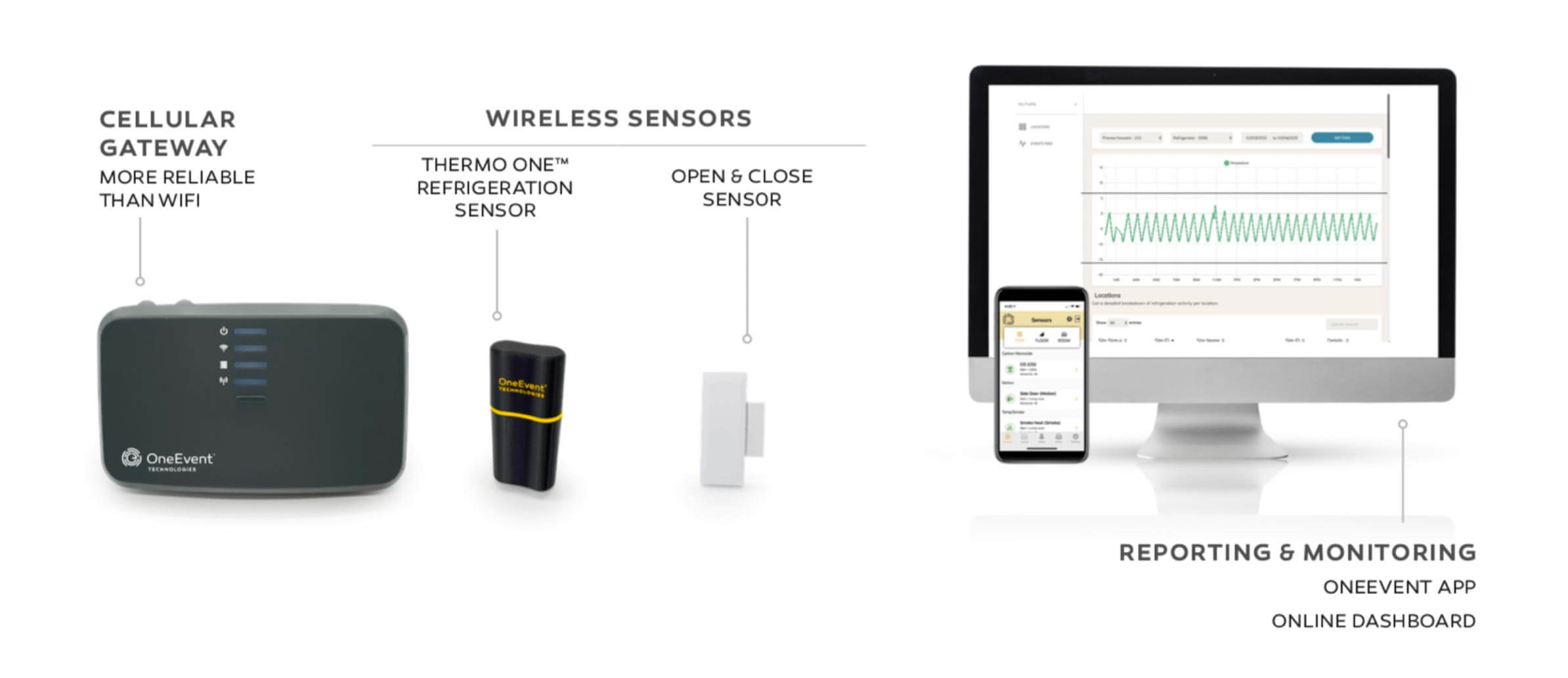As compliance and customer safety continue to increase in importance in the food service industry, measuring and managing food and storage temperatures is becoming more important than ever. This is even more vital in the cook-chill process.

Monitoring food temperature during the cook-chill process is essential for several important reasons:
- Food Safety: Ensuring that food reaches and maintains a safe temperature is critical to prevent the growth of harmful bacteria and pathogens. Temperature control is a fundamental aspect of food safety, as it helps to minimize the risk of foodborne illnesses.
- Preservation of Quality: Proper temperature control helps maintain the quality and sensory attributes of the food, such as taste, texture, color, and nutritional value. Rapidly cooling food to the correct temperature after cooking helps preserve these qualities.
- Bacterial Growth Control: Most bacteria multiply rapidly in the “danger zone,” which is between 40°F (4°C) and 140°F (60°C). Monitoring food temperature allows you to ensure that cooked food is quickly cooled to below 40°F (4°C) to inhibit bacterial growth.
- Compliance with Regulations: In many countries, there are strict regulations and guidelines for food safety, including temperature requirements during the cook-chill process. Monitoring and documenting temperatures is often a legal requirement to demonstrate compliance with these regulations.
- Extended Shelf Life: Proper temperature control can extend the shelf life of prepared foods. Rapidly cooling food and storing it at the correct temperature can help reduce the rate of spoilage and increase the window of time during which the food can be safely consumed.
- Taste and Texture: Temperature control is crucial for achieving the desired taste and texture of foods. For example, certain foods need to be cooled slowly to prevent them from becoming overly firm or losing moisture.
- Consistency: In commercial food production, maintaining consistent quality and safety standards is essential for customer satisfaction and brand reputation. Monitoring temperatures helps ensure that each batch of food meets these standards.
The cook-chill process involves cooking food to a safe temperature, quickly cooling it, and then storing it at a controlled temperature until it is ready to be reheated and served. Proper temperature monitoring at each stage of this process is vital to guarantee food safety, quality, and compliance with regulations. It helps prevent foodborne illnesses, maintains food quality, and extends the shelf life of prepared foods.
Well run kitchens, both large and small, are turning to OneEvent to better measure and manage food safety and food quality. We are continually hearing that our system is easy to set up and use. Our Thermo Heartbeat® with Predictive Analytics has helped prevent emergencies and product spoilage by alerting users in advance of refrigeration failures. OneEvent: Predict. Alert. Prevent.

